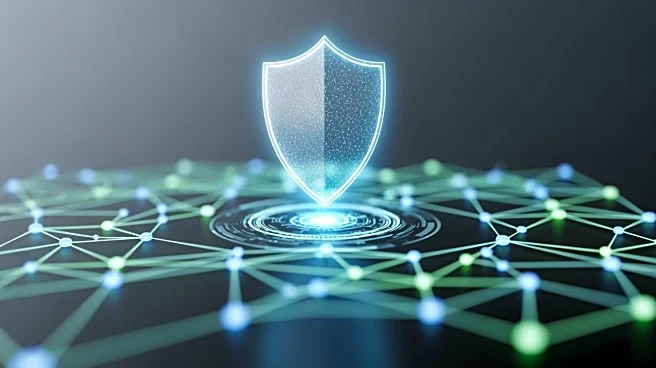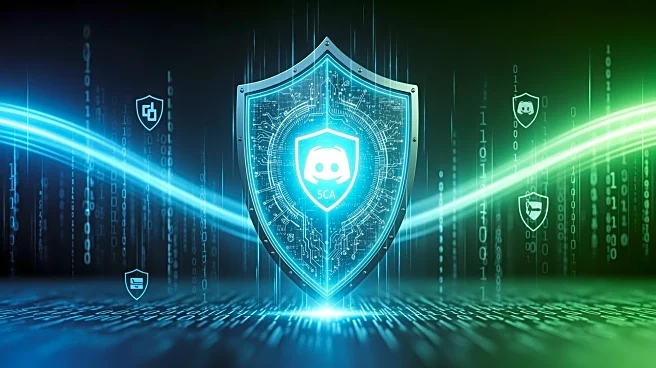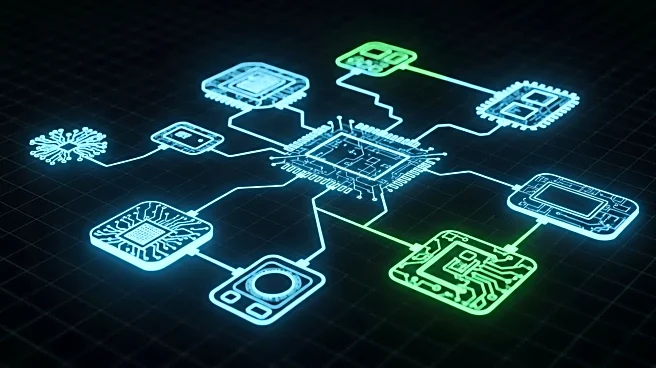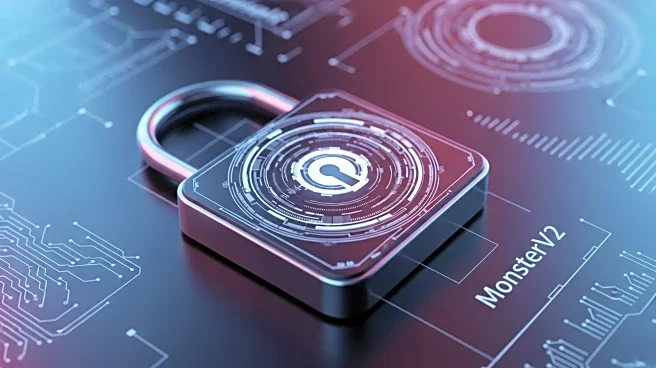What's Happening?
Healthcare organizations are increasingly facing sophisticated multi-vector cyber attacks, which involve simultaneous tactics such as phishing, distributed denial of service (DDoS), data exfiltration,
account takeover, and credential stuffing. These attacks exploit multiple vulnerabilities at once, making them difficult to detect and remediate. Many healthcare companies still rely on siloed security tools, which can lead to chaos during such complex attacks. Experts suggest that a centralized response platform, functioning as a single pane of glass, is essential for effective cyber risk management and threat defense. This platform should offer real-time visibility, streamline communication, and reduce alert fatigue, allowing IT teams to focus on genuine threats.
Why It's Important?
The rise of multi-vector attacks poses a significant threat to the healthcare industry, which is a prime target due to the sensitive nature of the data it holds. A successful attack can lead to data breaches, financial losses, and damage to reputation. By adopting centralized cybersecurity platforms, healthcare organizations can improve their defense capabilities, ensuring better protection of patient data and continuity of services. This approach not only enhances security but also optimizes resource allocation, reducing the burden on IT teams and improving overall operational efficiency.
What's Next?
Healthcare organizations are expected to increasingly adopt centralized cybersecurity platforms to better manage and respond to multi-vector attacks. This shift will likely involve investment in advanced Security Operations Centers (SOC) and training for IT staff to effectively use these platforms. As cyber threats continue to evolve, organizations will need to stay vigilant and adapt their strategies to protect against new vulnerabilities. Collaboration with security partners and continuous monitoring will be crucial in maintaining robust defenses.
Beyond the Headlines
The adoption of centralized cybersecurity platforms in healthcare could lead to broader changes in how organizations approach data security. This shift may encourage other industries to reevaluate their cybersecurity strategies, potentially leading to a more unified approach across sectors. Additionally, the focus on reducing alert fatigue and improving communication could enhance employee satisfaction and retention in IT departments, which are often overwhelmed by the demands of cybersecurity management.











